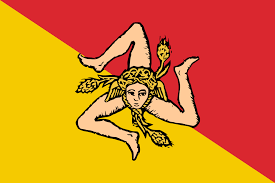
Sicily is the largest island in the Mediterranean with around 5.2 million inhabitants. The island is politically part of Italy and is located around 100 kilometers from Malta and around 150 kilometers from Tunisia on the African continent.
The largest cities in Sicily include Palermo, Catania, Syracuse, Noto, Taomina, Agrigento, Cefalu, Messina and Trapani.
Sicily's land area consists mainly of hilly mountains with the highest elevation, Mount Etna at 3,345 meters. Mount Etna is also the highest active volcano in Europe, and the volcanoes Stromboli and Vulcano are also active.
Sicily has a variety of flora, such as olive trees, grape vines, orchids, rubber trees, jasmine, banana trees, almond trees and various citrus fruits.
The population of Sicily is largely Christian and speaks Italian and Sicilian.
The island's largest economic sectors include agriculture, fishing with the catch of sardines, anchovies, tuna, swordfish and crustaceans, mining through the quarrying of marble and salt, tourism and all kinds of services.
The main agricultural crops grown are beans, cereals, olives, cotton, almonds, wine, vegetables, tobacco and citrus fruits.
Tourism has become a significant source of income for Sicily in recent years. In addition to the Etna volcano, Sicily offers many other important tourist highlights, such as various hot springs and geysers, numerous caves and grottos, various white sandy beaches, the offshore islands of Ortigia, Salina and Pantelleria, the anchovy museum in Aspra as well as significant historical and archaeological sites with the Valley of the Temples, the Greco Theater, the Concordia Temple and the Cathedral of Syracuse.
The capital of Sicily is Palermo with around 700,000 inhabitants. The city is located on the north coast of the island, is the cultural and political center, has the most important port and the largest university in Sicily.
The most important sights in Palermo include the Conte Federico Palace, the Regional Gallery, the Town Hall, the Norman Palace, the Regional Archaeological Museum, the Politeama Garibaldi Theater, the Chiaramonte Palace, the Palermo Cathedral - the Cathedral of Maria Santissima Assunta, the Church of San Giovanni the Lebbrosi, the Fontana Pretoria fountain in Pretoria square, the central Quattro Canti square, Palermo Central Station, the Massimo Theater, the church of La Mortorana, the historic Kalsa district, the Gothic church of Santo Spirito, the Capuchin monastery with its crypt , the Ethnology Museum, the Park della Favorita, the Botanical Garden, the Mirto Palace, the viewpoint on Monte Pellegrino, the Branciforte Palace, the “Porta Nuova” city gate and the Jewish quarter.
In June 2017 I visited the city of Palermo in Sicily for two days. Palermo is a beautiful city, but the attractions are quite far apart and therefore not fully accessible by walking. But I took the red bus for a city tour lasting several hours and took countless photos of the many palaces and magnificent buildings. I was overwhelmed by the abundance of buildings worth seeing and didn't even know where to look first.
After a very interesting and relatively tiring day trip with so many highlights, I ended the evening in a cozy Sicilian restaurant in Piazza Bellini in the old town of Palermo.

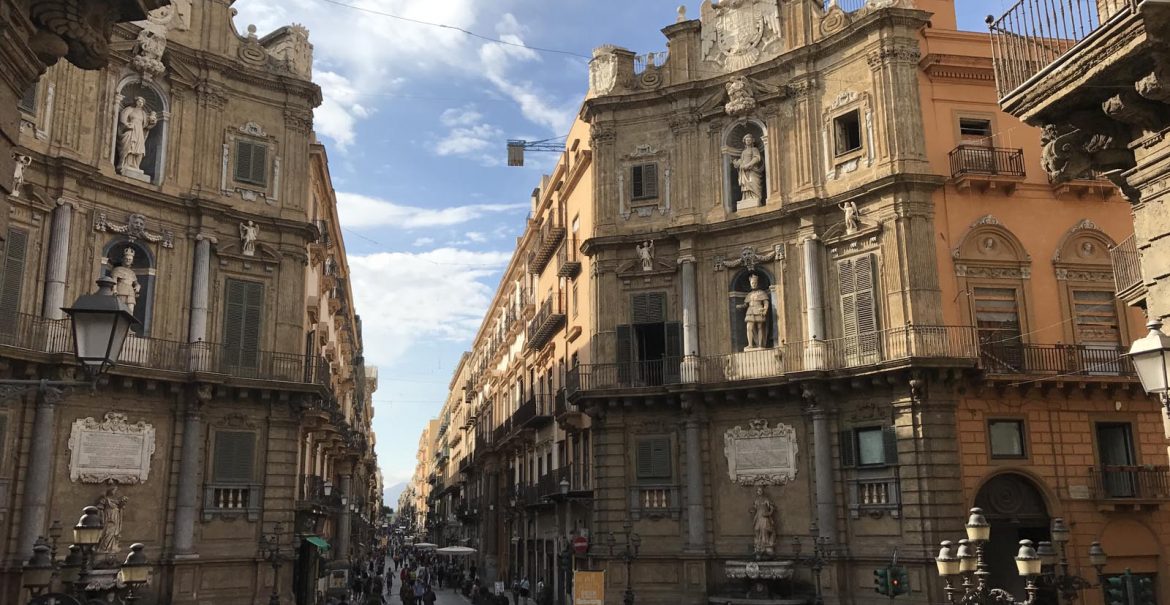
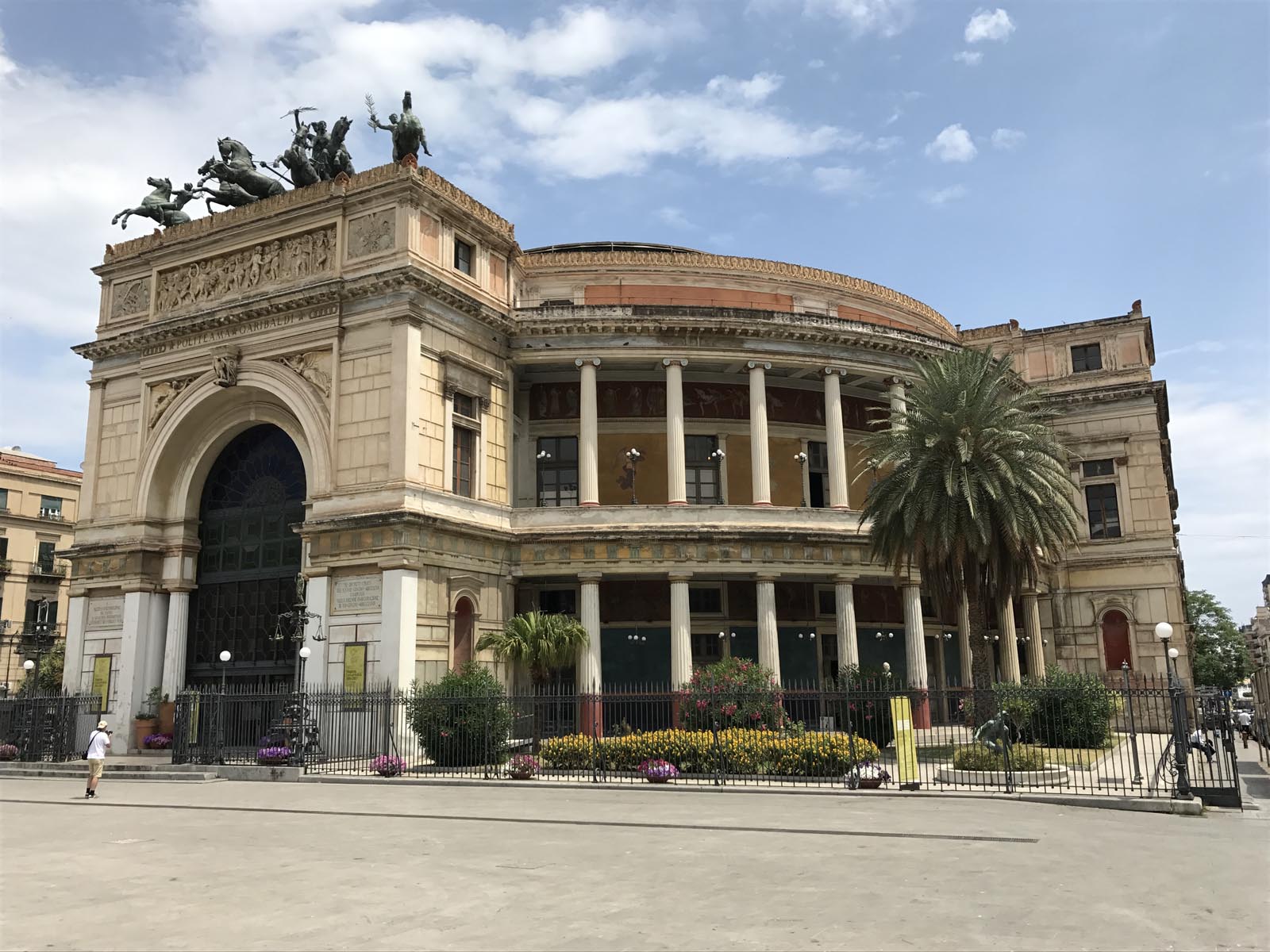

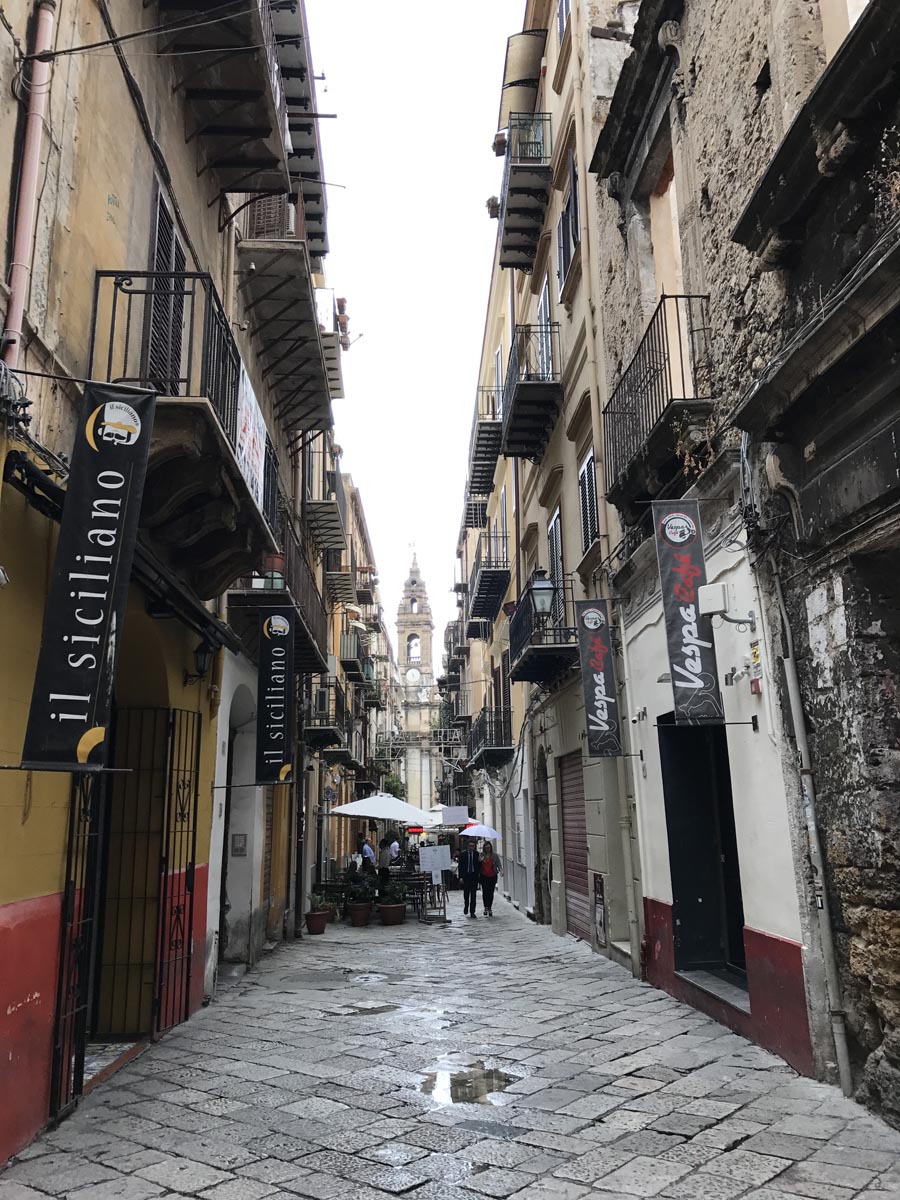
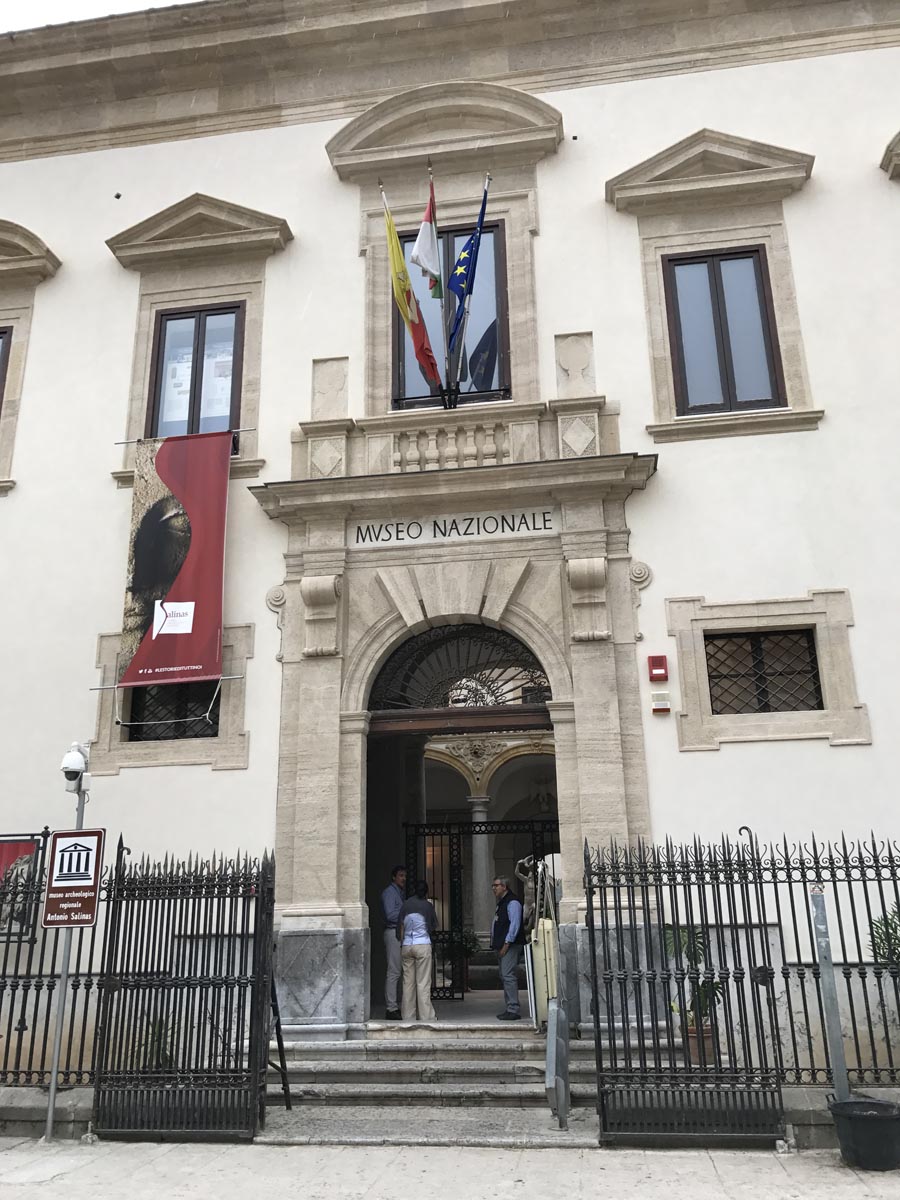
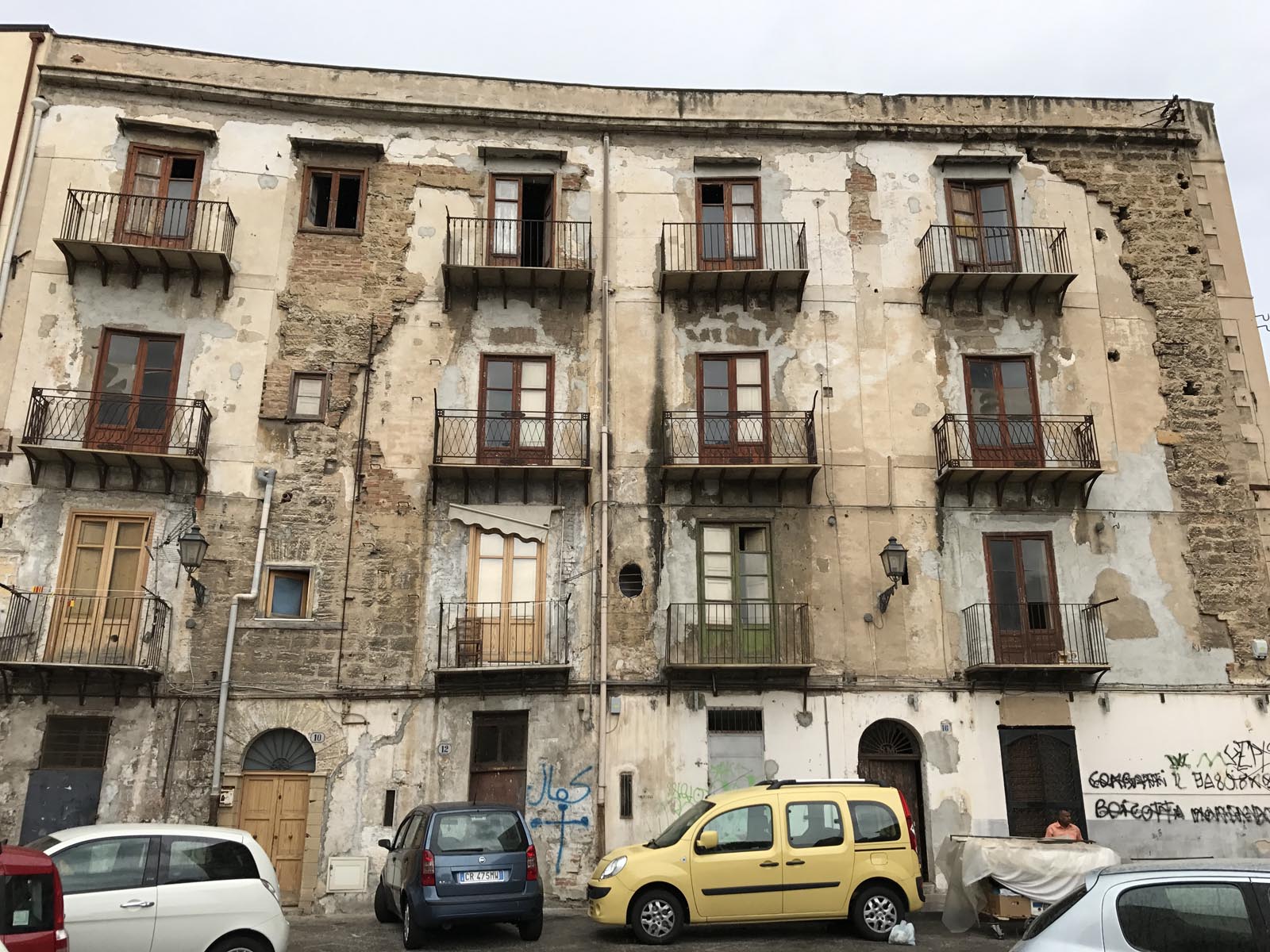
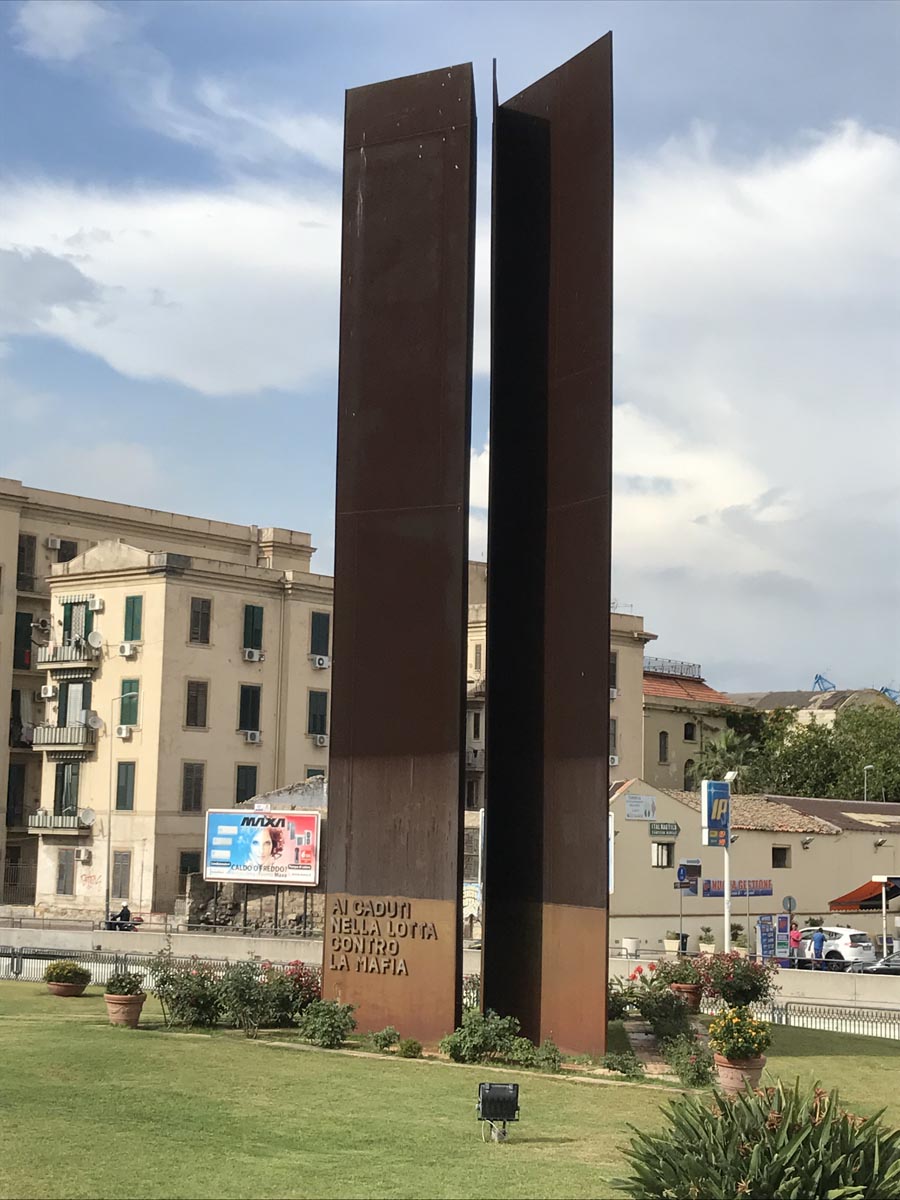
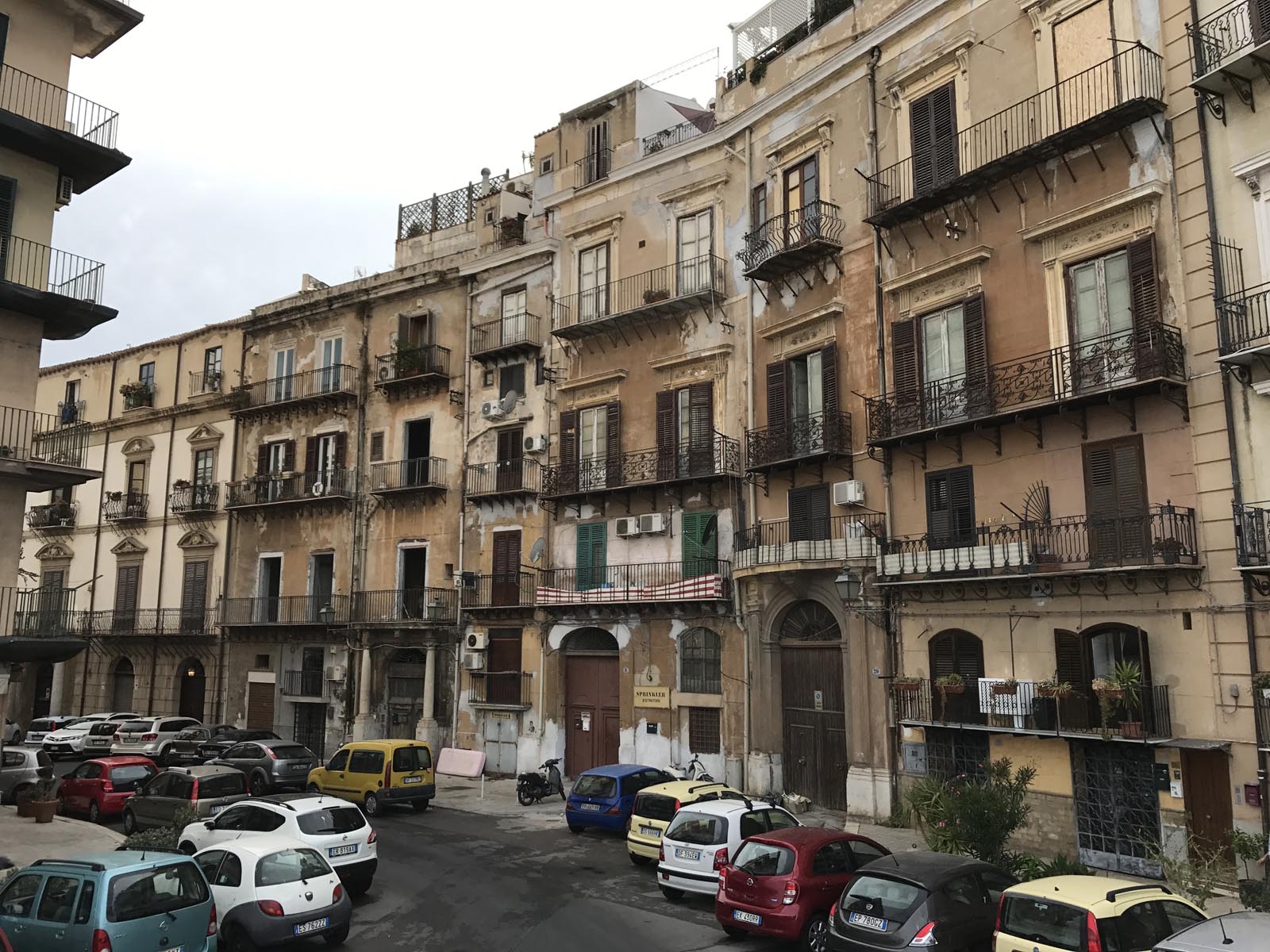
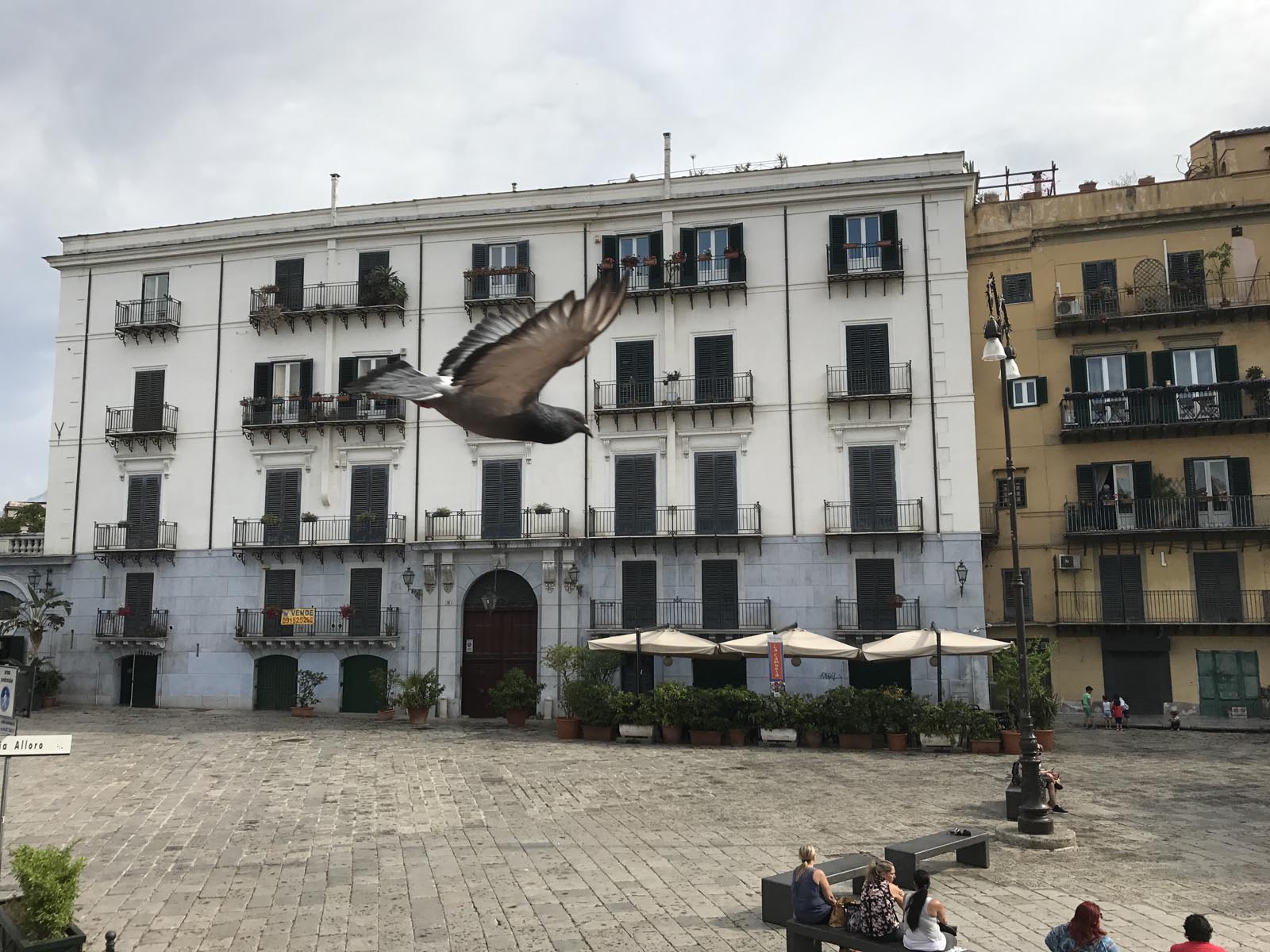
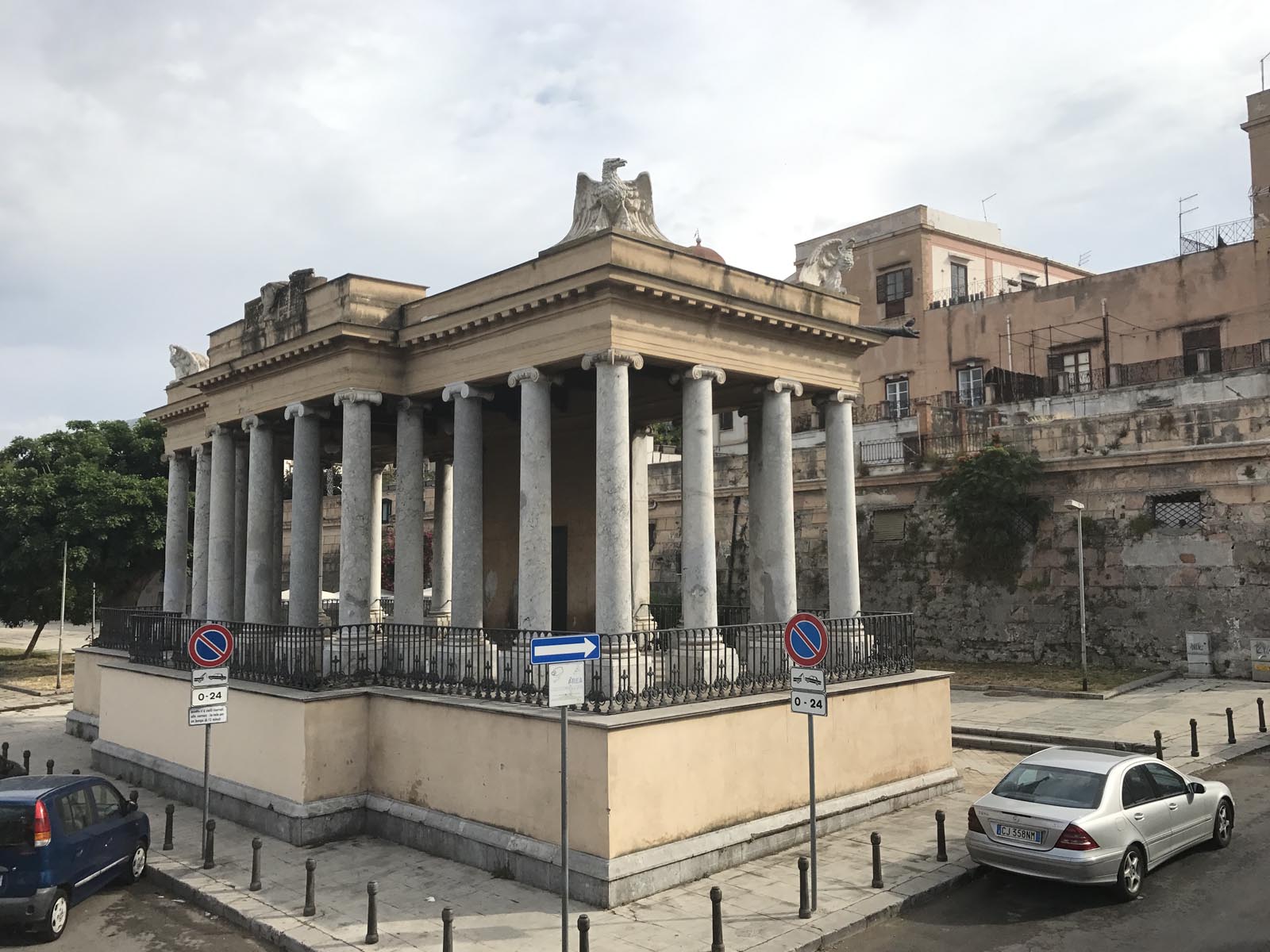
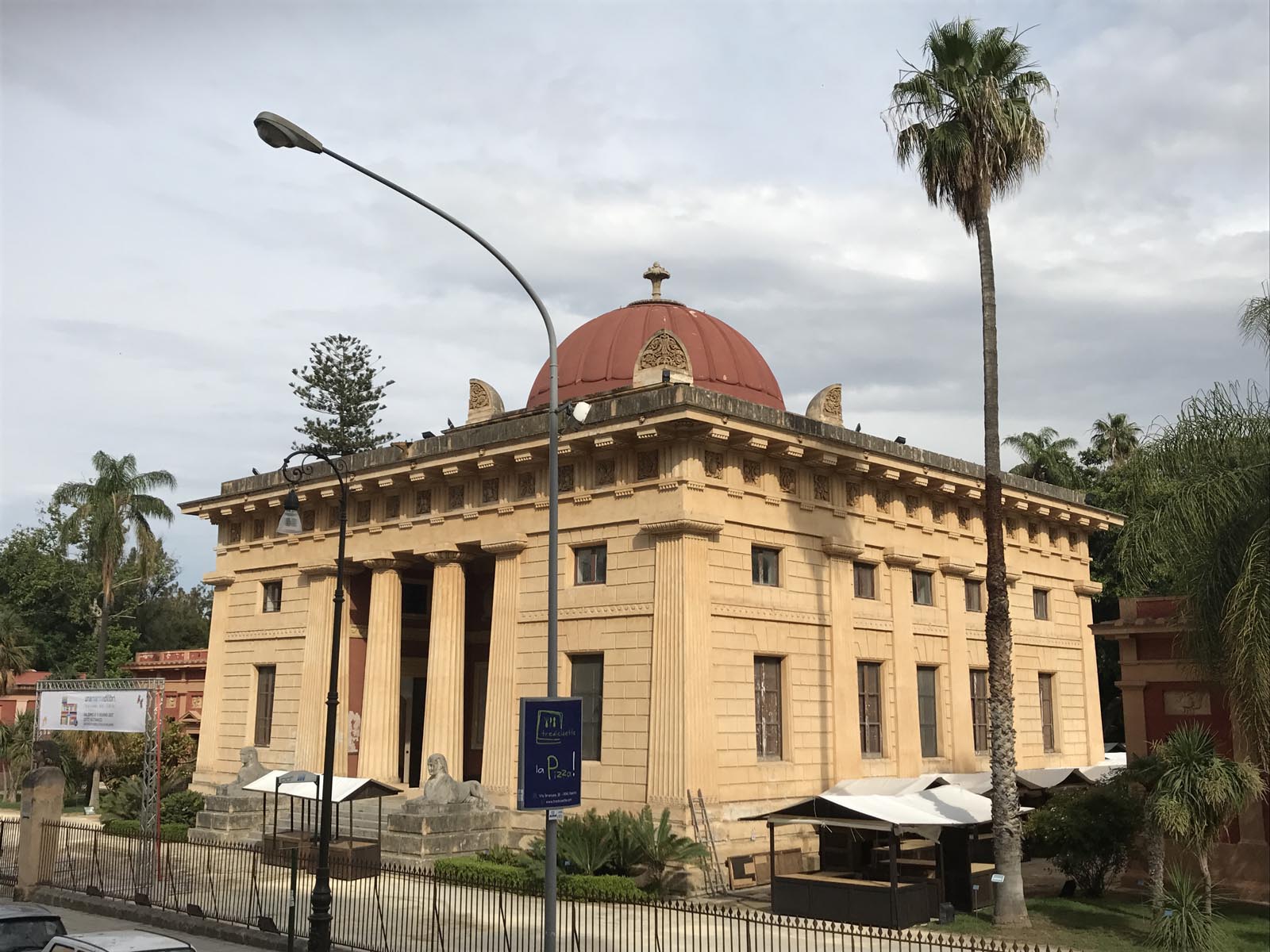
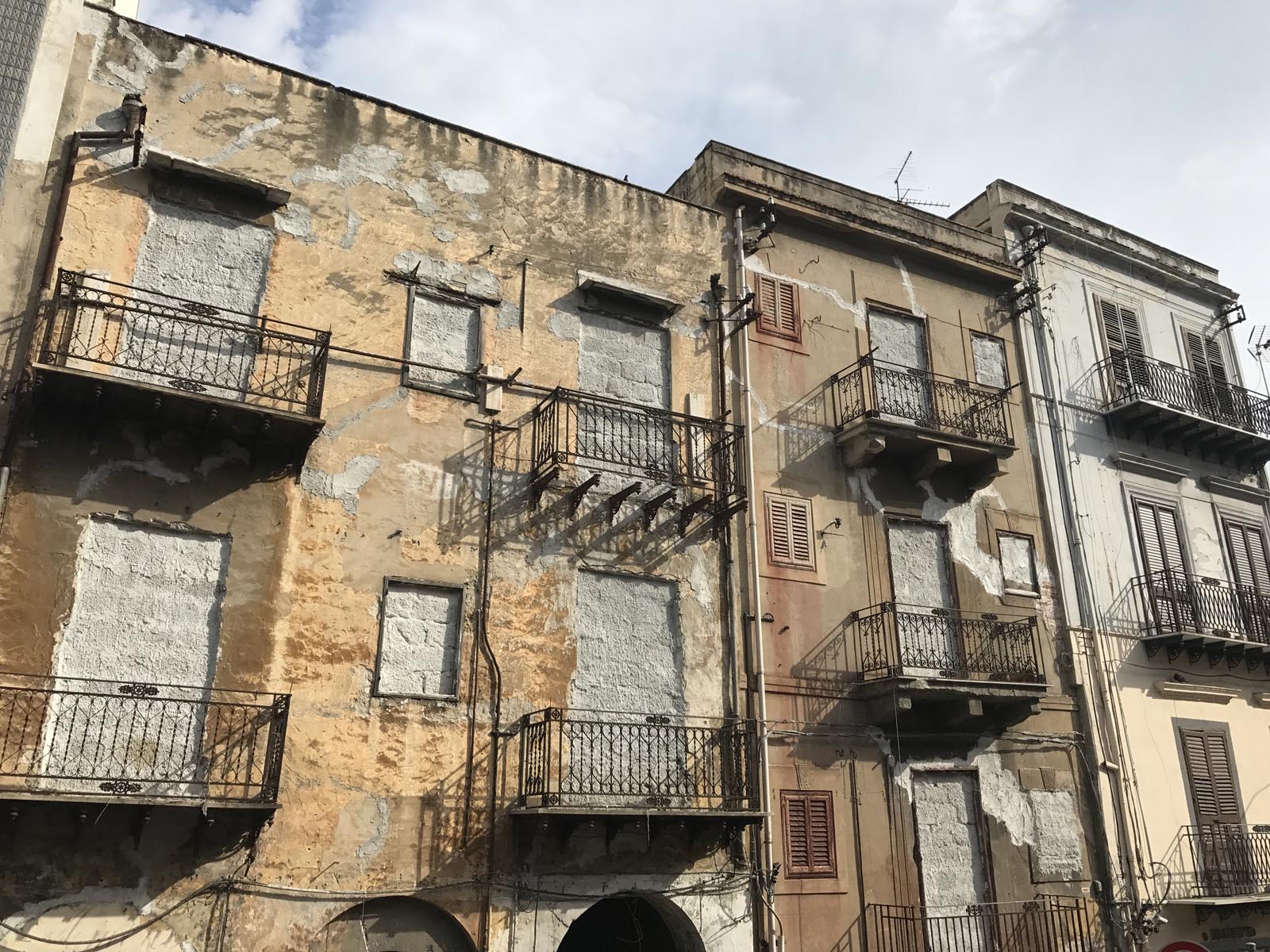
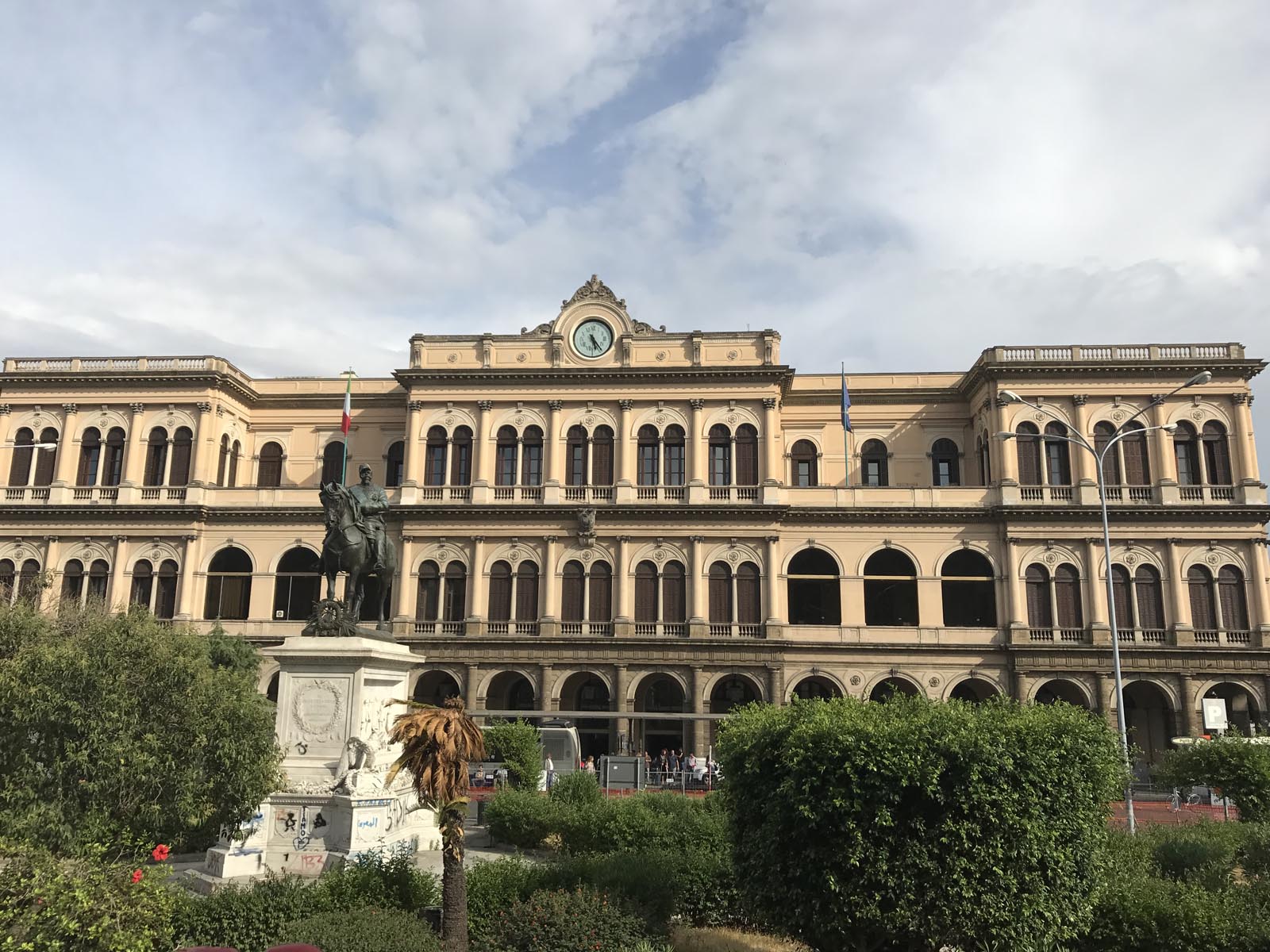

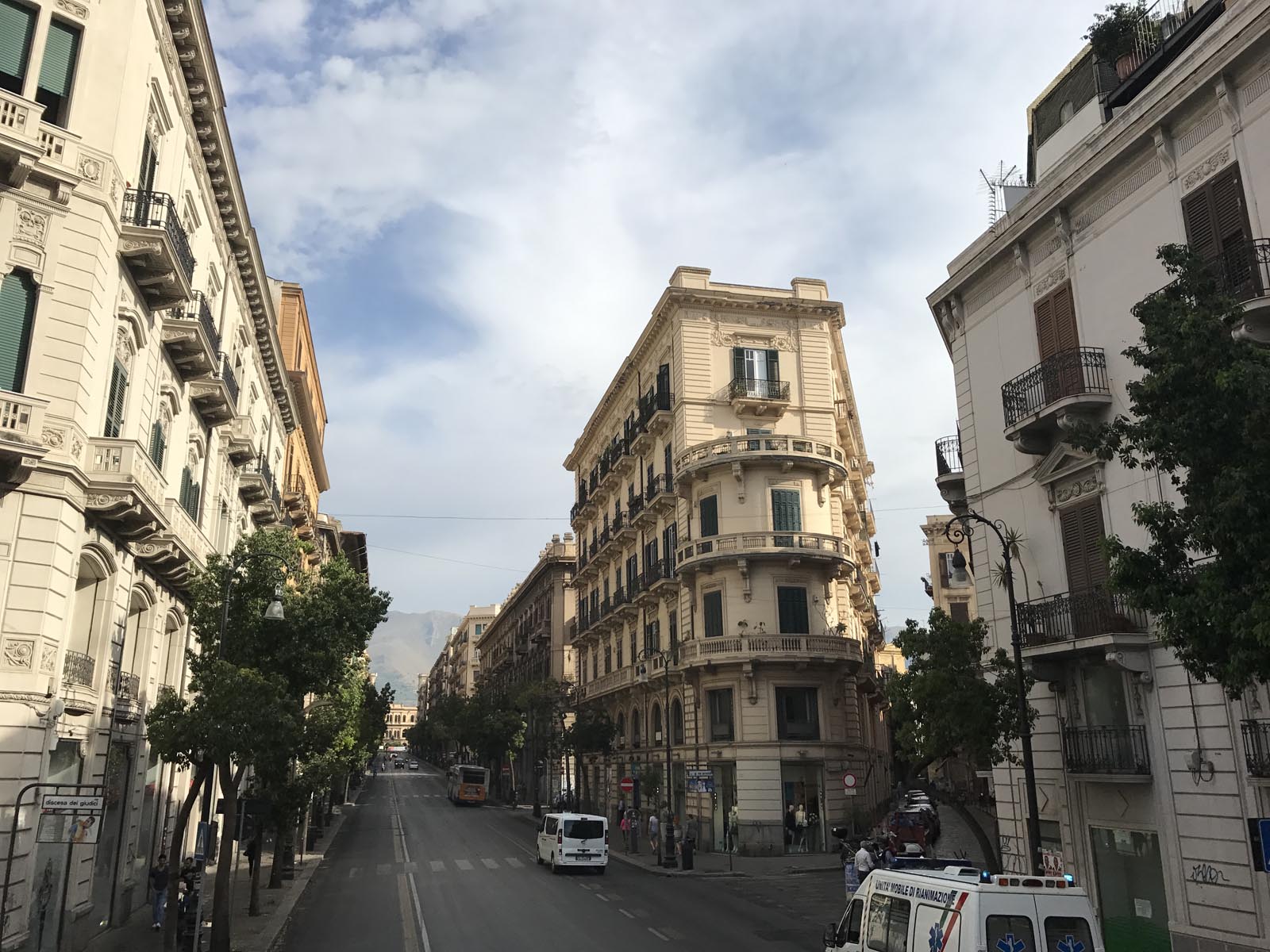
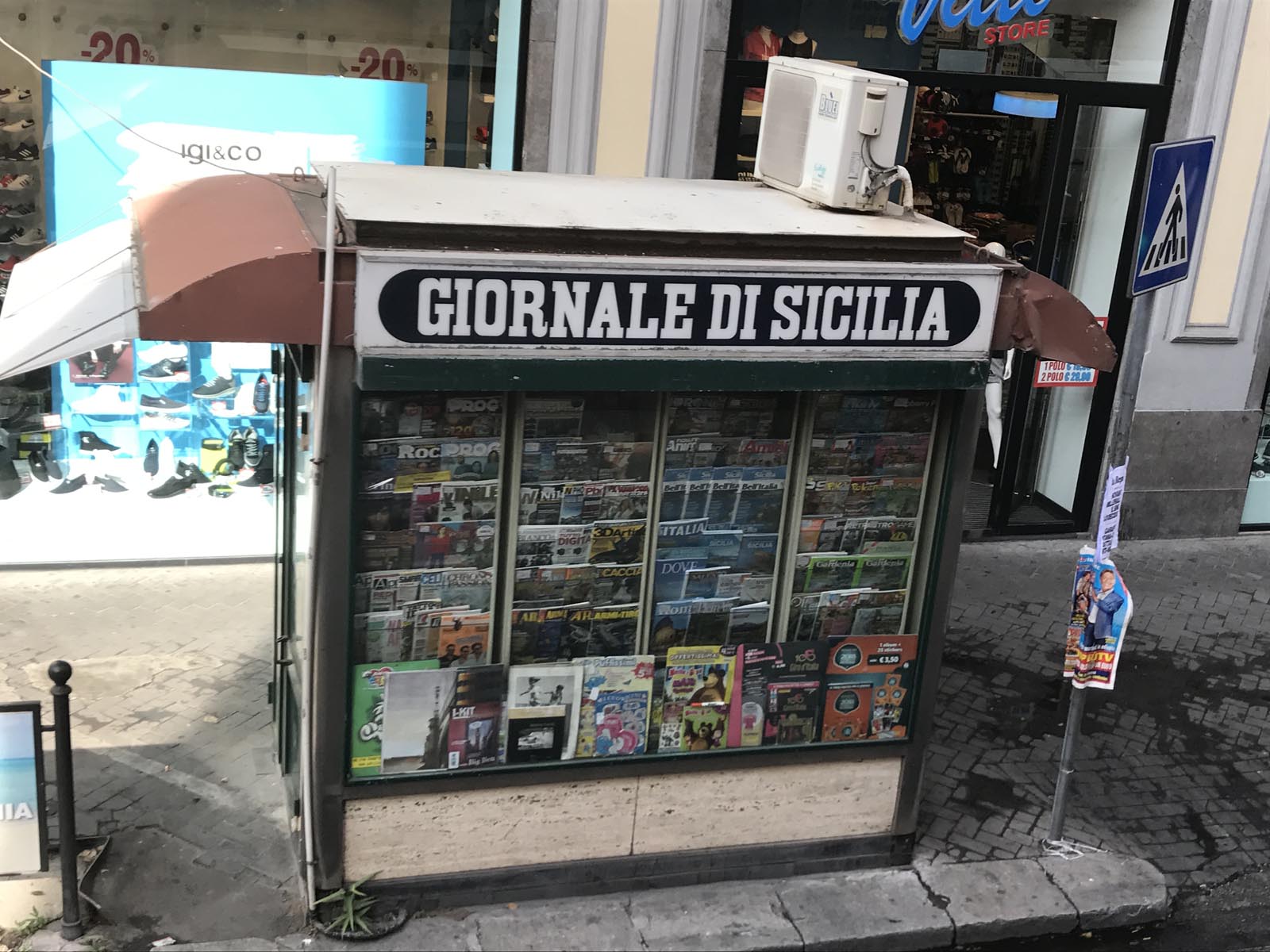
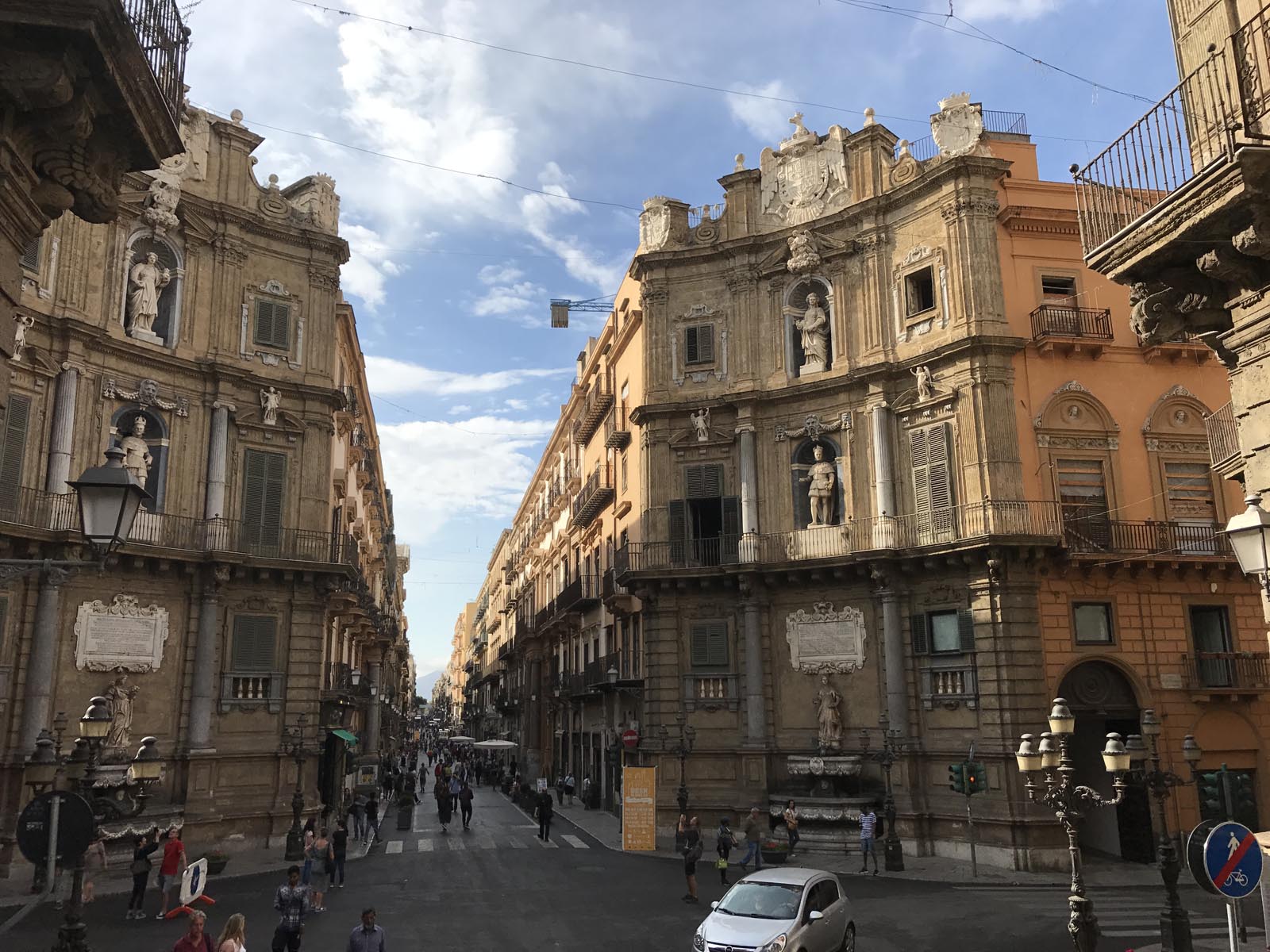
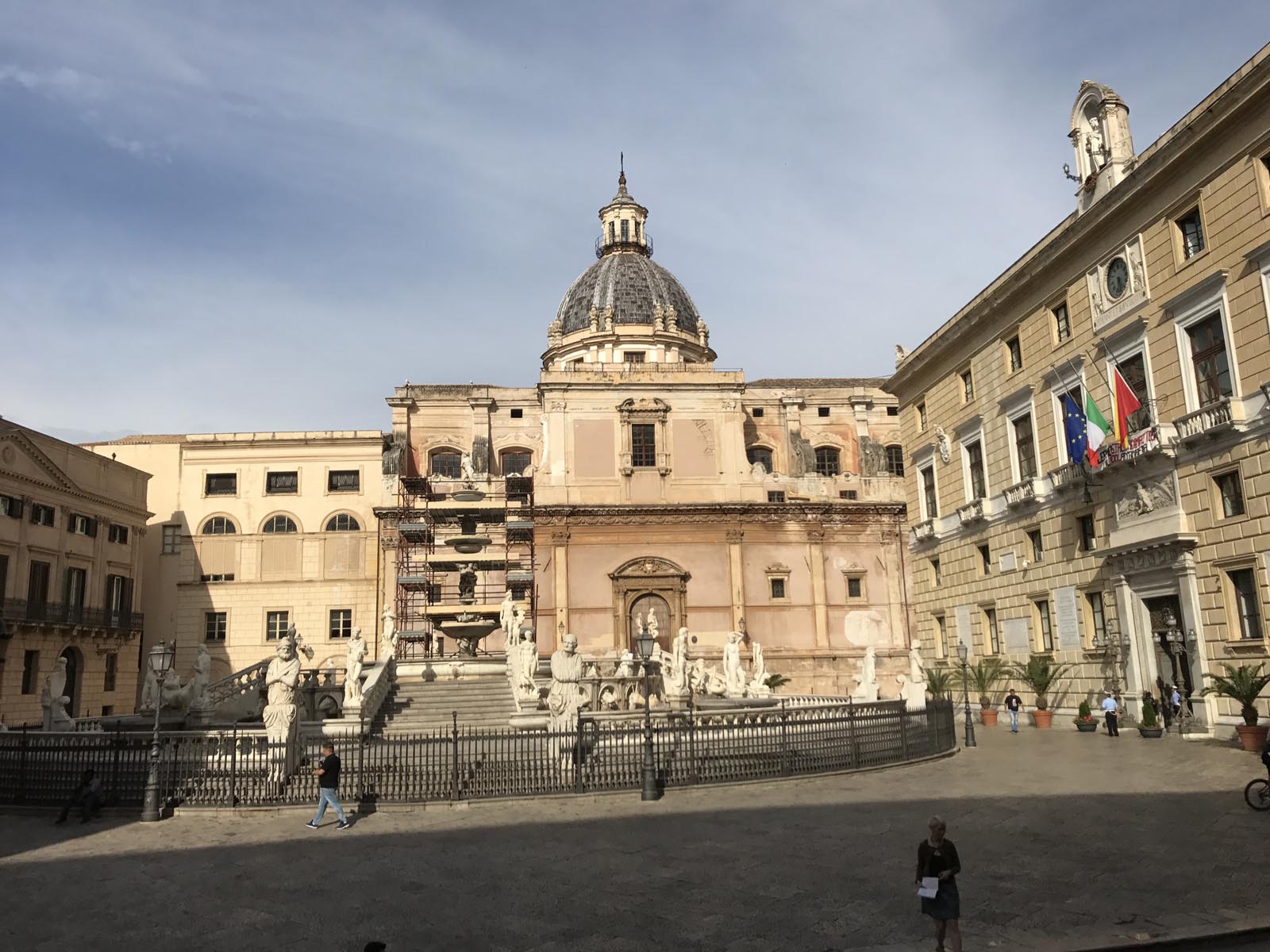
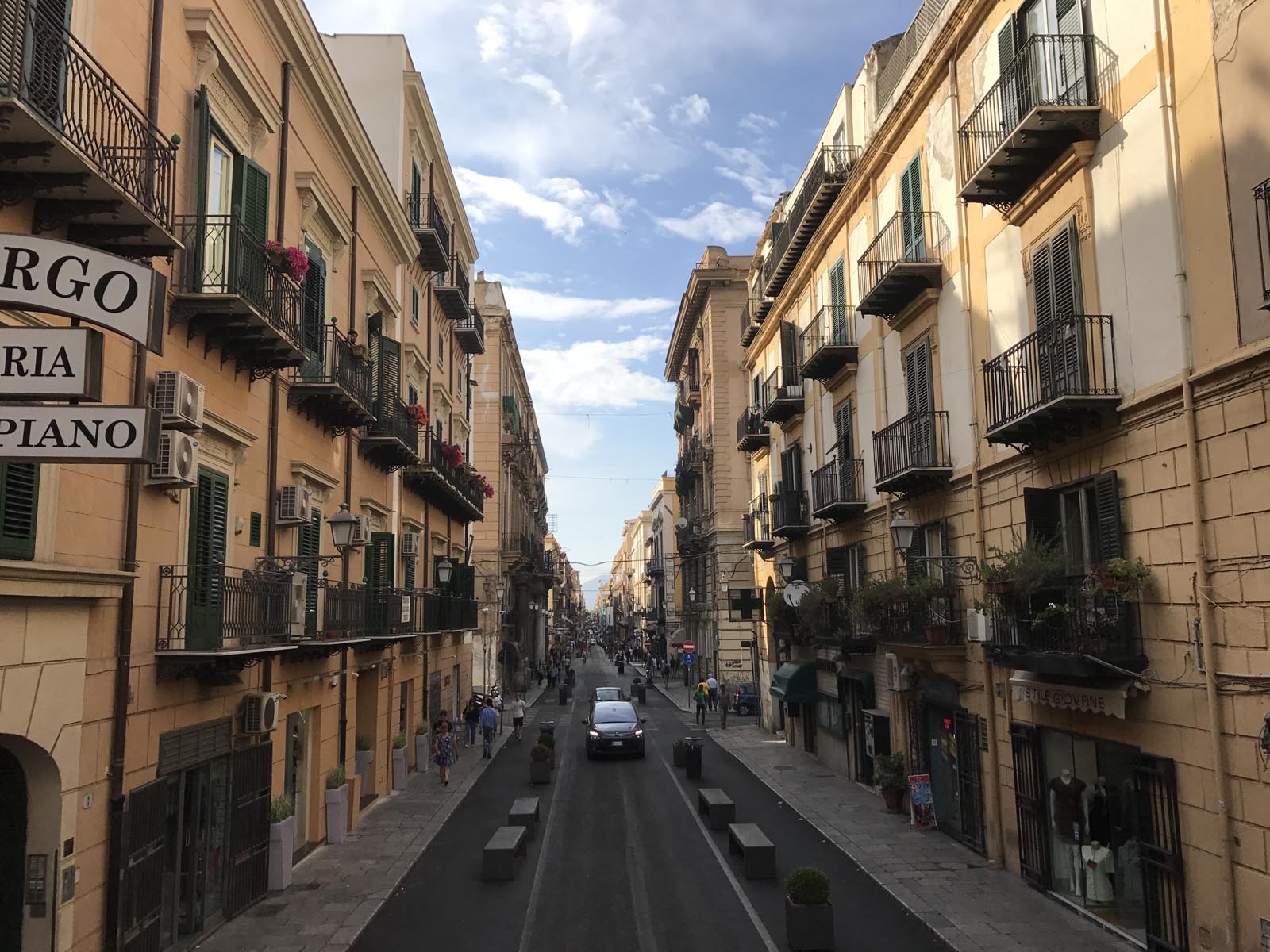

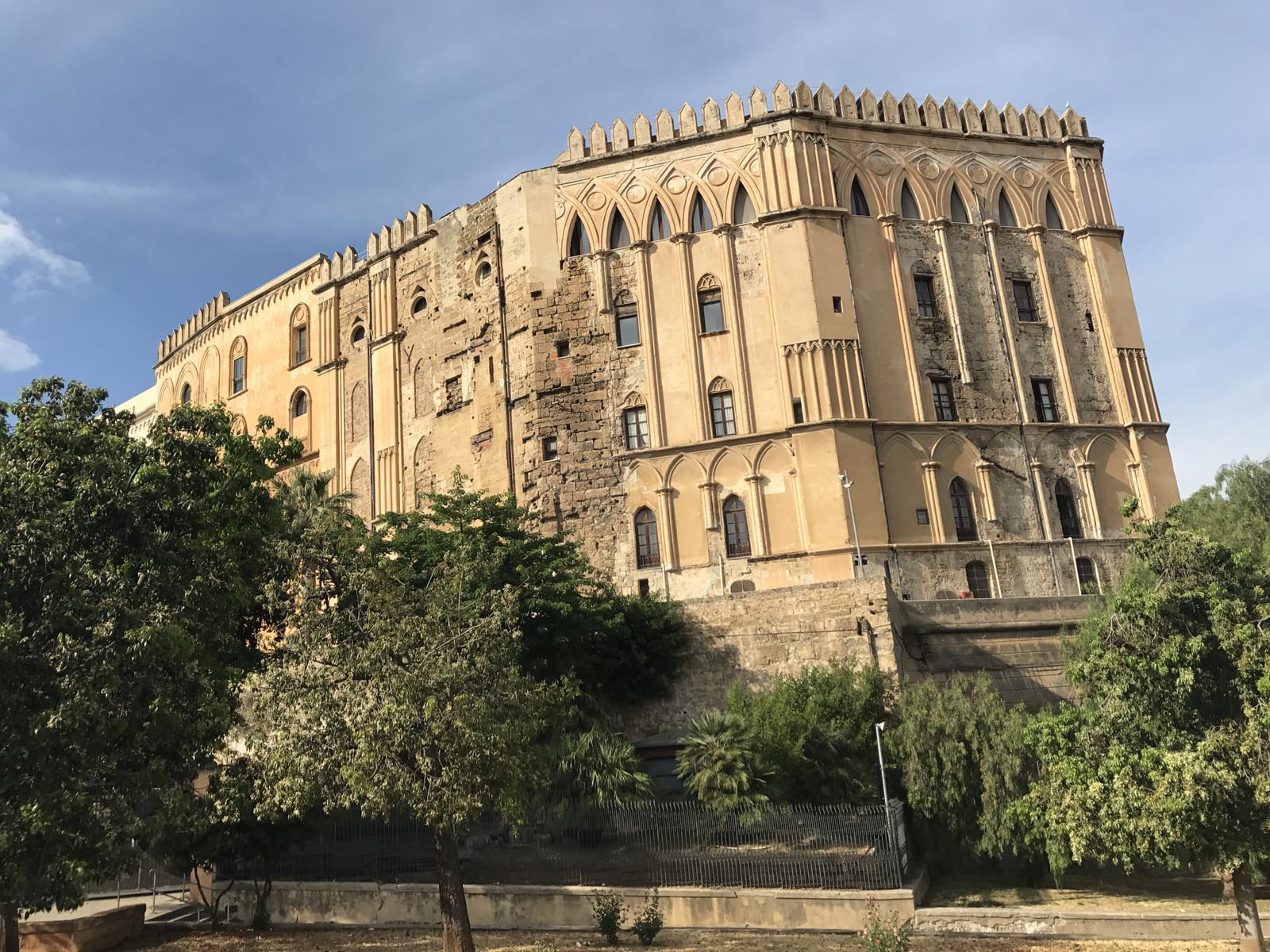
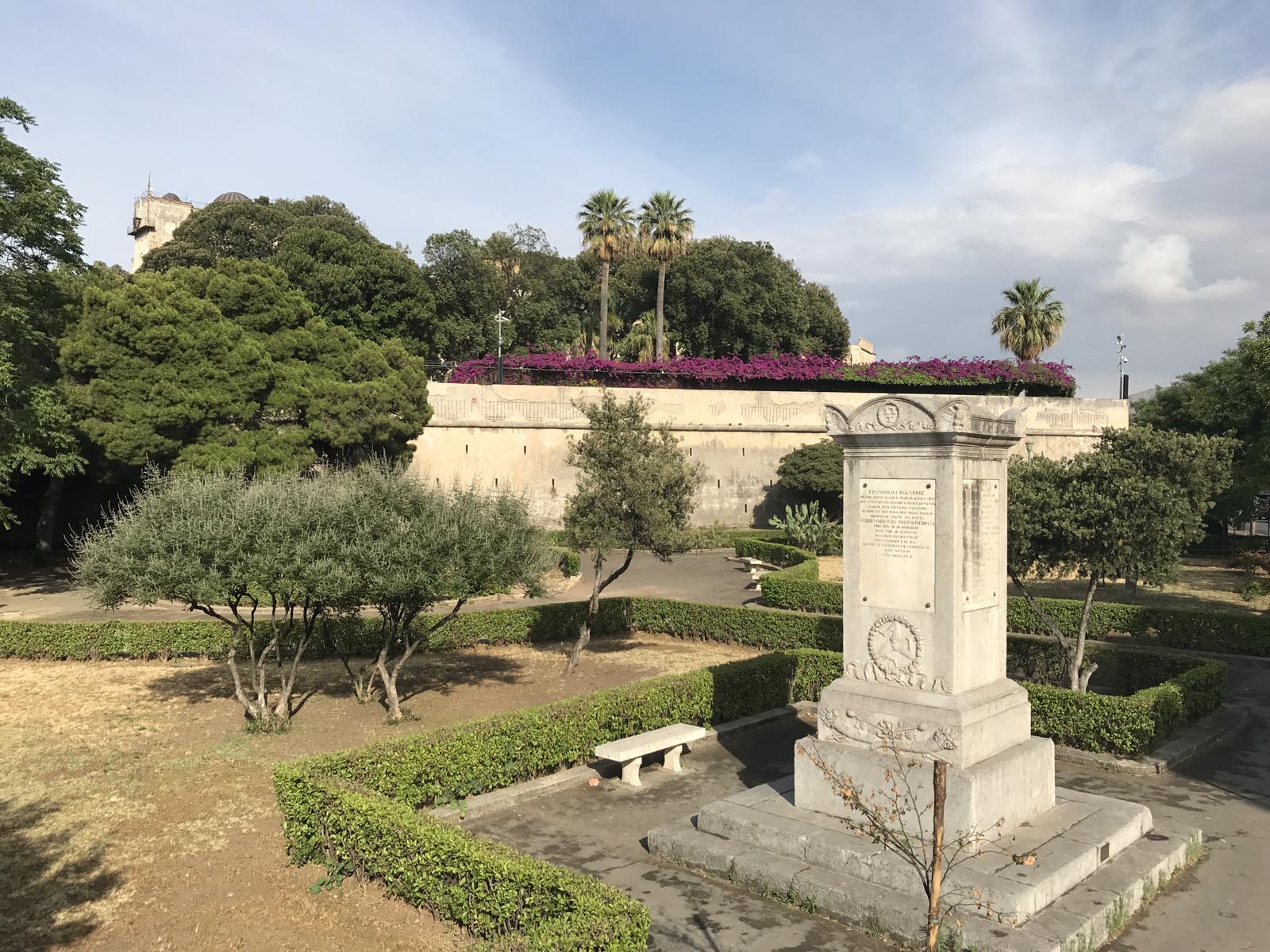
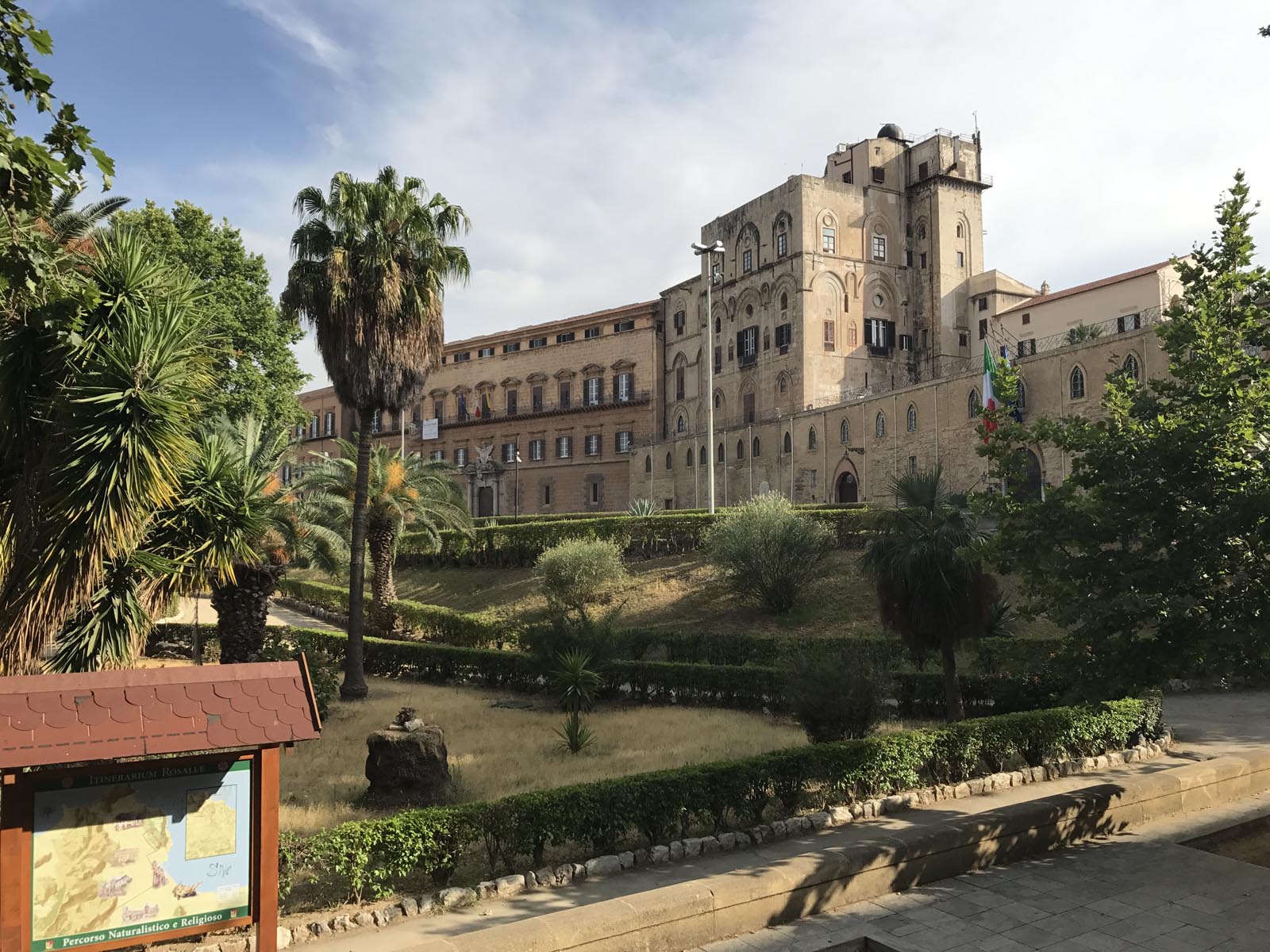
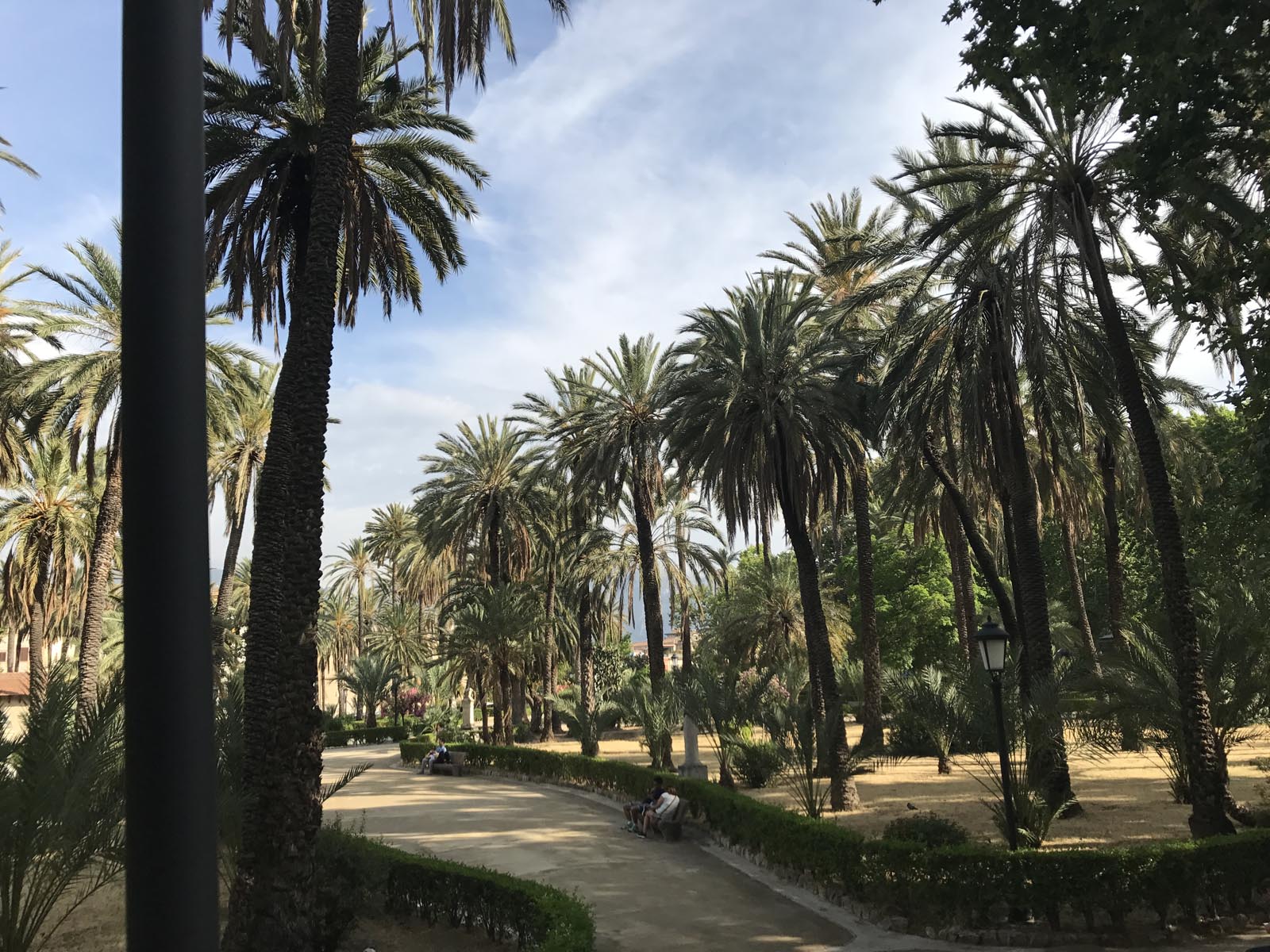
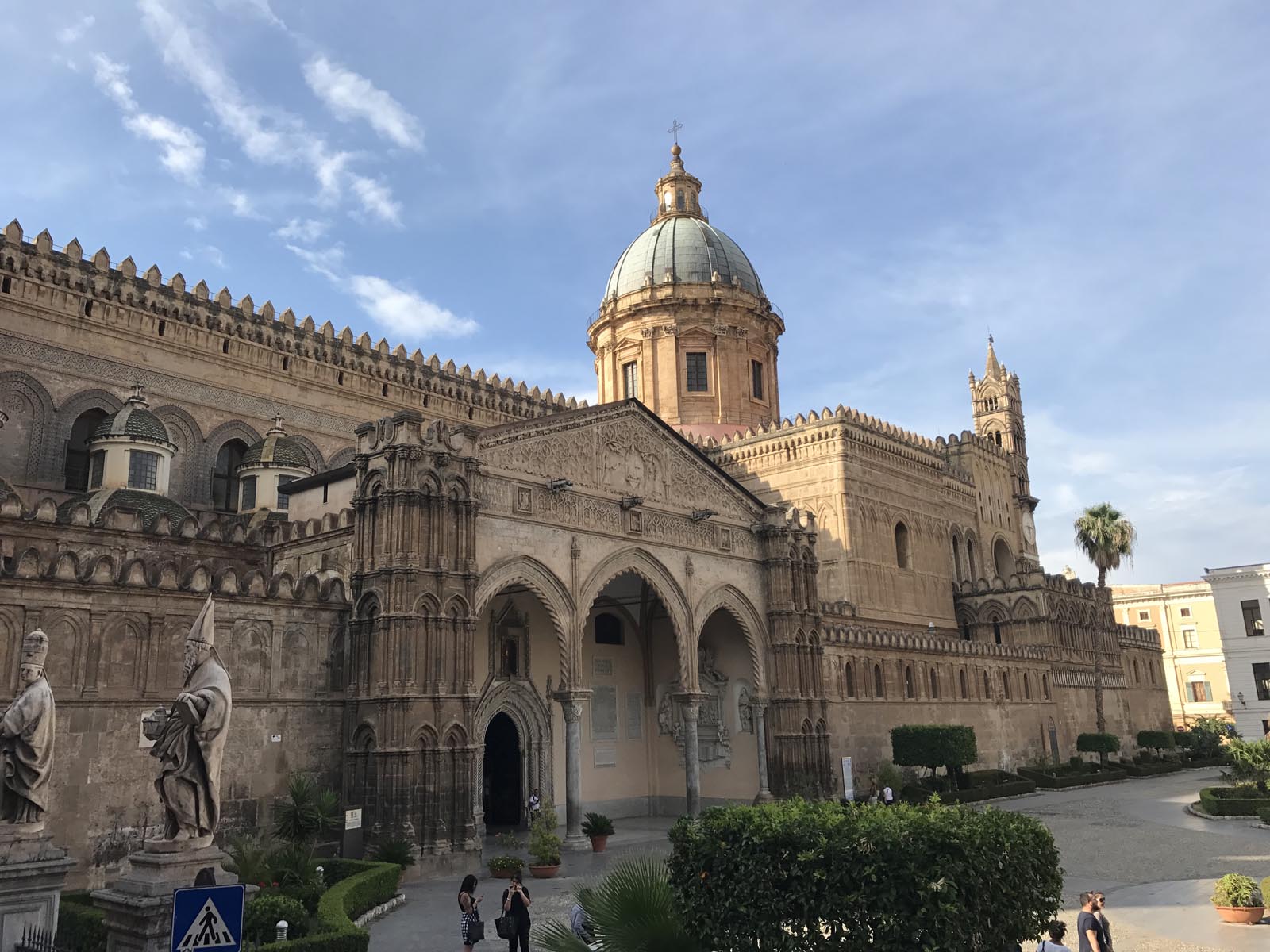

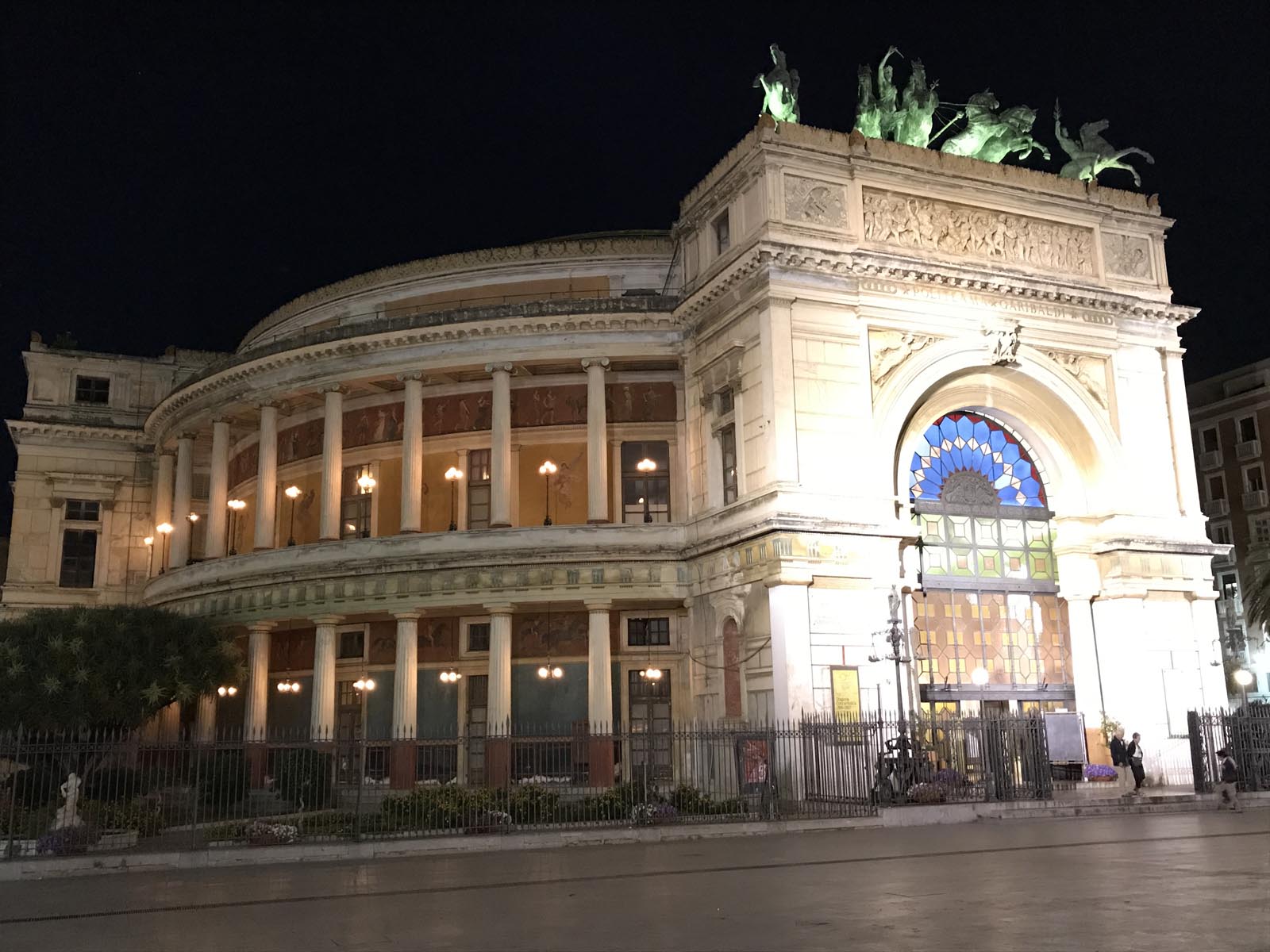
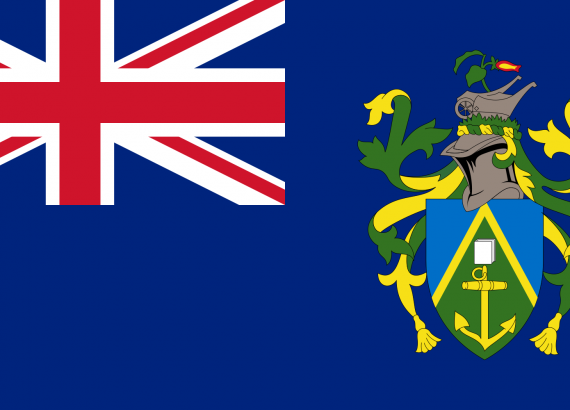
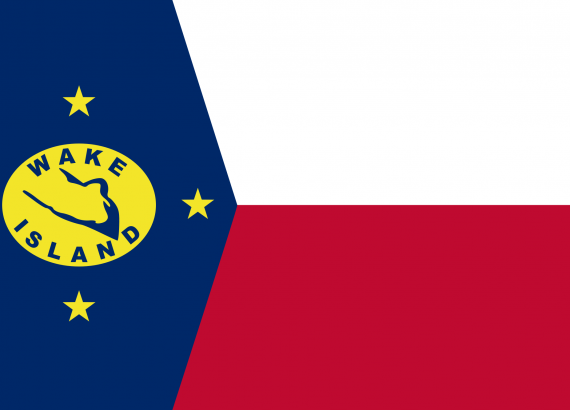
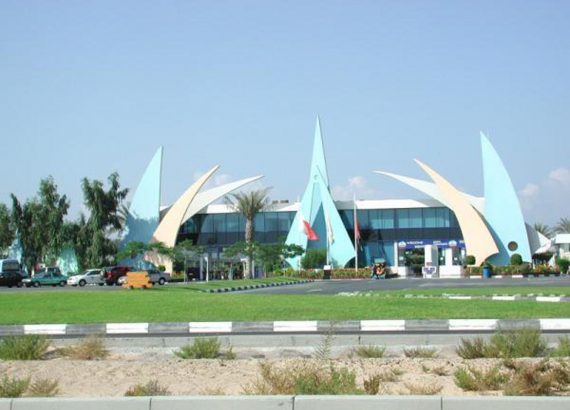
No Comments